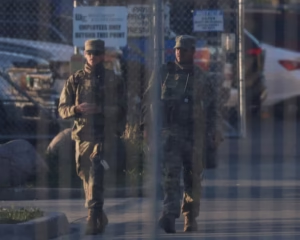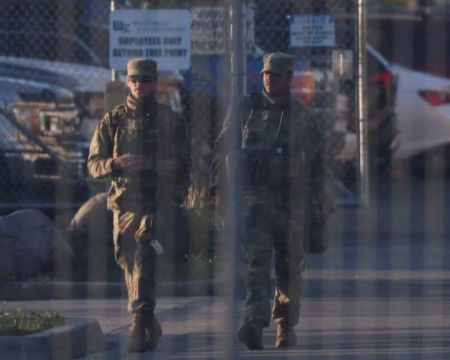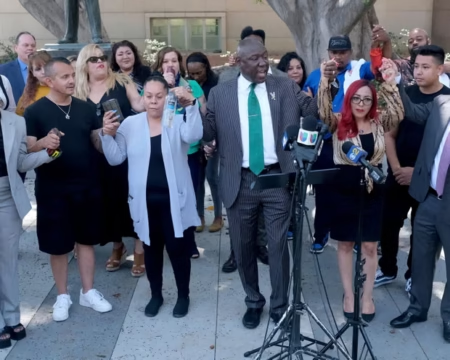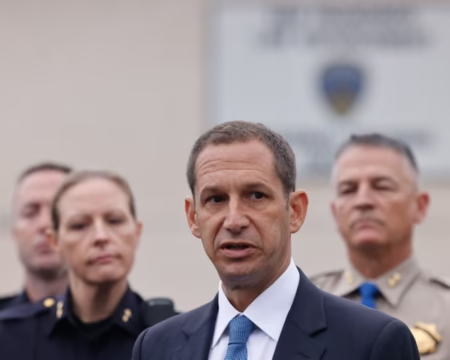Israeli Prime Minister Benjamin Netanyahu’s recent statement that Israel aims to take full control of the Gaza Strip marks a sharp escalation in the ongoing conflict. The move defies multiple international warnings but has drawn little objection from the United States.
On Tuesday, President Donald Trump said it was “pretty much up to Israel” whether to occupy Gaza completely. When pressed the following day about giving Israel a “green light,” he shifted the conversation to US strikes on Iran earlier this year.
Washington’s Ambassador to Israel, Mike Huckabee, reinforced the hands-off approach, saying the decision rested entirely with Israel. “It’s not our job to tell them what they should or should not do,” he said. “If they ask for advice, I’m sure the president would offer it. But ultimately, only the Israelis can decide.”
Despite the political backing, Netanyahu’s plan has not been universally accepted within Israel. Reports suggest Chief of Staff Lt Gen Eyal Zamir has opposed a full occupation. After a recent security cabinet meeting, the government announced preparations to take control of Gaza City but stopped short of confirming a full territorial takeover.
One of the cabinet’s five stated principles for ending the war is “Israeli security control in the Gaza Strip,” a phrase that analysts say leaves room for broader action. Amin Saikal, emeritus professor at the Australian National University, noted that a Gaza takeover has likely been part of Netanyahu’s long-term strategy, waiting for the right moment.
Netanyahu has said Israel does not intend to keep Gaza permanently, suggesting it could be handed over to “Arab forces,” though he has not identified which countries might take part.
The Trump administration’s quiet stance marks a break from earlier policy. In past months, Trump openly shared his views on Gaza’s future, sometimes catching Israeli leaders by surprise. Early in his second term, he floated the idea of turning Gaza into a global resort and relocating Palestinians elsewhere.
In June, during a brief but intense conflict with Iran, the US joined Israeli military action but quickly pressed for a ceasefire. Last month, Washington voiced public disapproval of Israeli strikes in Syria, with sharper criticism expressed privately.
Before Trump’s second term began in January, his team worked to end the Gaza war and secure the release of hostages taken by Hamas on October 7, 2023. Real estate executive Steve Witkoff led these negotiations, at one point expressing optimism about a 60-day ceasefire that could lead to lasting peace.
By late July, talks had collapsed. Witkoff accused Hamas of acting in bad faith, while Trump suggested the group was uninterested in peace. The president’s pivot away from active negotiations and toward neutrality on Israel’s Gaza plan may be intended to pressure Hamas into concessions, though experts say the effect remains to be seen.
Professor Saikal believes Netanyahu would not proceed without at least tacit US support, noting Washington’s considerable leverage. Others suggest the shift reflects Trump’s desire to return to a non-interventionist “America First” approach, avoiding deeper US involvement in Middle Eastern conflicts.
Critics warn this could embolden Israel while putting Washington at odds with allies. France, the UK, and Canada recently announced moves toward recognising a Palestinian state, aiming to push Israel toward a negotiated settlement. In contrast, the US stance signals acceptance of a possible long-term Israeli military presence in Gaza.
Both positions highlight the grim reality that a peace agreement appears more distant than ever. If Trump maintains his current course, Israel could advance far into Gaza before any new US policy shift. By then, reversing such a move could prove extremely difficult.







